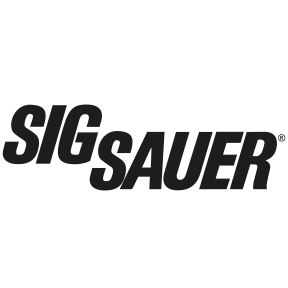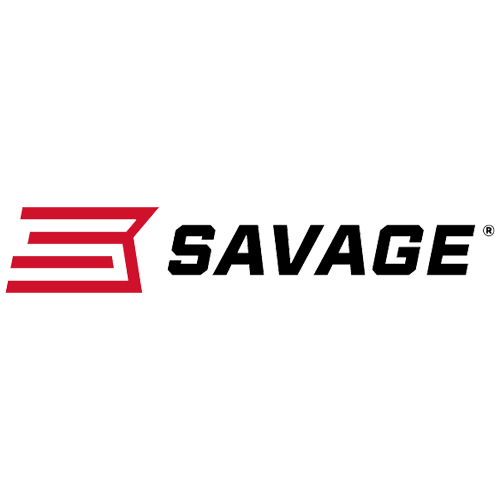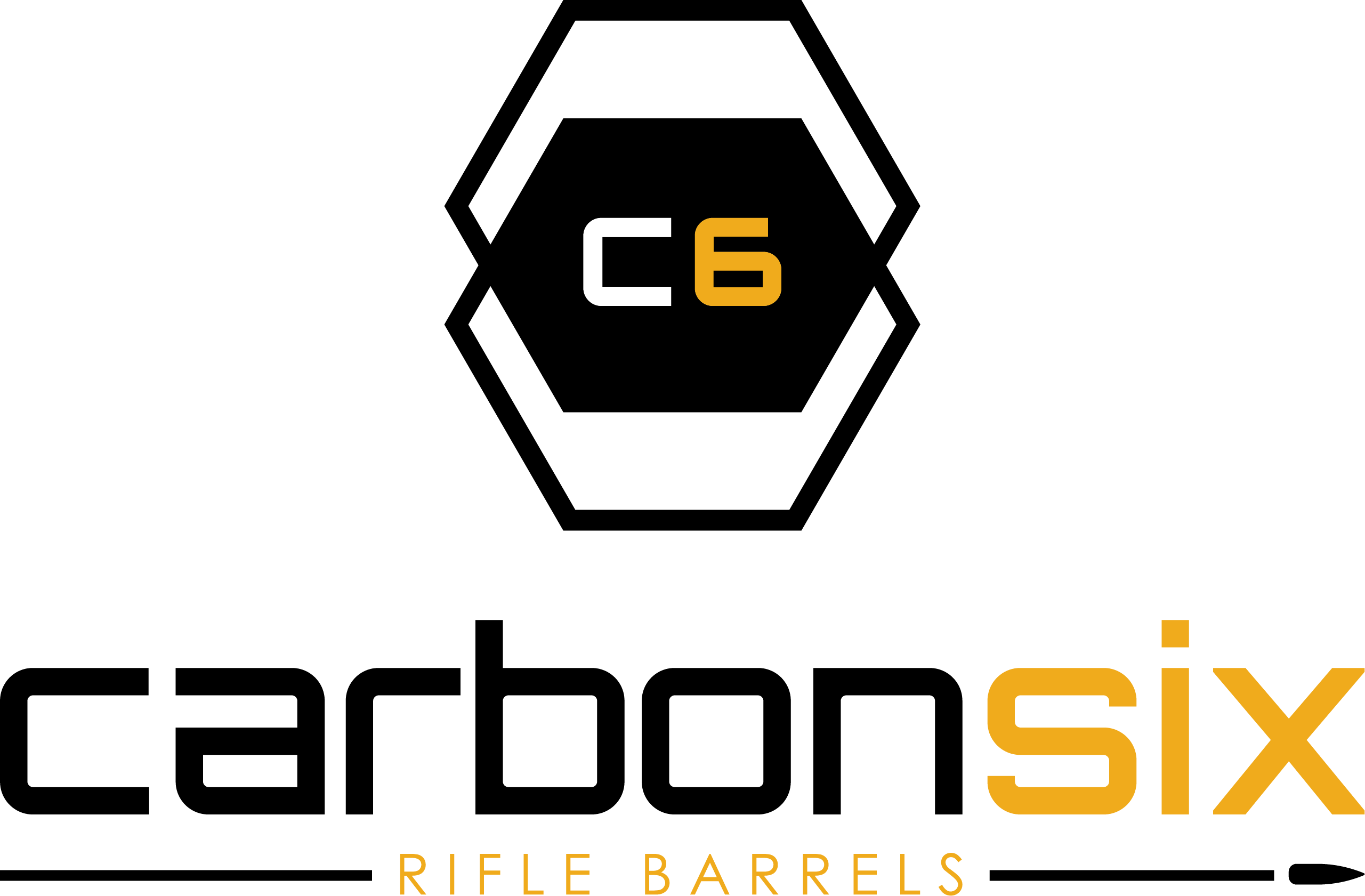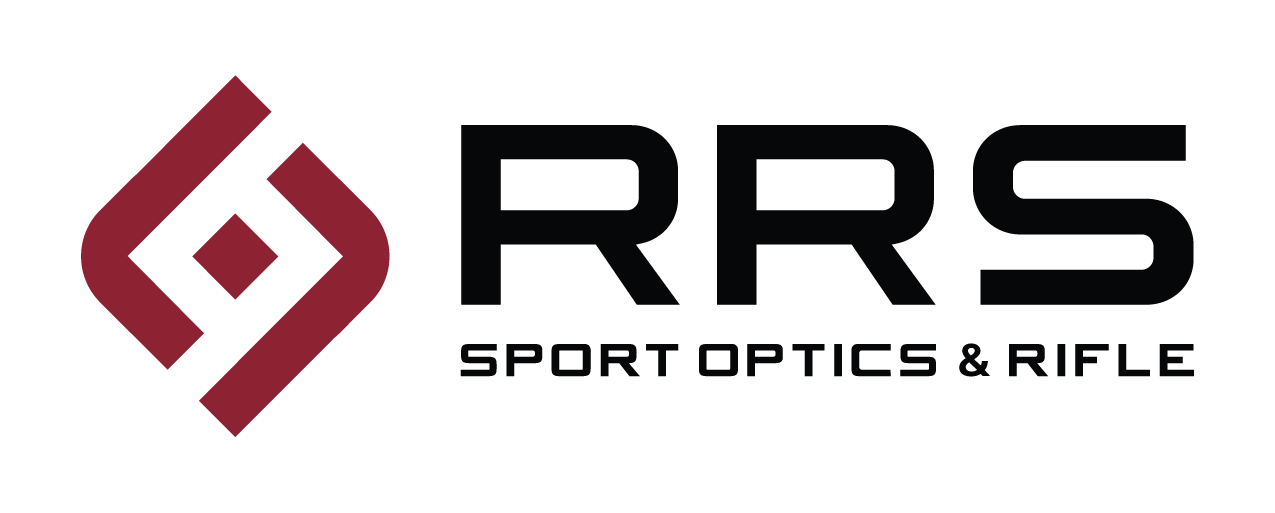2025 SEASON NRL HUNTER GAMES RULES AND REGULATIONS
The NRL HUNTER GAMES is an evolving competition series which intends to offer participants an educational and exciting means to practice shooting in unknown hunting-like conditions. NRL Hunter One is a national series of one day matches designed to embrace every hunter looking to further develop their skills as a rifleman. Based on modified NRL Hunter rules the NRLH1 will have its own set of rules to encourage everyone to participate. The following rules and regulations govern the participant expectations and conduct.
SECTION 1, NRL HUNTER GAMES SAFETY
All firearms shall remain unloaded until the hunter is in the shooting area and is ready to engage the first target (this is a safety measure in order to reduce the threat of an AD or ND)
1.1 General Rifle Safety
Always point your rifle in a safe direction. Never point a rifle at anything you don’t intend to kill or destroy.
Always keep your rifle unloaded until ready to use. Treat all rifles as though they are loaded even if you believe otherwise.
Keep your finger out of the trigger guard until you are ready to fire.
Know your target and what is beyond.
Always wear proper eye and ear protection and ensure others have the same before firing.
Never use alcohol or drugs while shooting.
Individual Range safety rules always supersede NRL HUNTER ONE rules.
1.2 Rifle Safety While at a NRL HUNTER GAMES Match
NRL HUNTER GAMES experiences are always cold ranges. All rifles are to be unloaded, with magazines out and bolts to the rearward position. Chamber flags are always to be utilized so that anyone can identify an unloaded rifle. The rifle may only be loaded, and chamber flag removed at the discretion of the Range Officer. Once the stage is complete, the magazine shall be removed, bolt in the rearward position and chamber flag inserted before the rifle is removed from the firing line.
Only ground rifles in a proper rifle rack, or wherever the Range Officer designates as a safe location and direction.
When moving to another shooting location, always ensure the rifle is pointed in a safe direction and the chamber is empty.
1.3 Rifle Safety During Your Stage
Always wait until you are at the first shoot position before you remove your chamber flag and insert magazine.
Stages always begin with an empty rifle and bolt to the rear unless specifically directed by a Range Officer.
Any movement or transition must be done with the bolt to the rear and an empty chamber. The only exception to this rule will be with the use of semi-automatic rifles but only at the approval of the Match Director. If the MD allows this, the shooter must engage the safety, and yell “safe” loud enough for the RO to hear with ear protection.
During movement, the 180 rule must always be adhered to. The 180 rule refers to only pointing the rifle within 90 degrees of straight forward. There may be stages when a Range Officer reduces the 180 rule even more. Always follow directions and be aware of where you are pointing your rifle.
1.4 Safety Violations and Penalties
1.4.1 Violation of the cold range rule: Any shooter who has violated the cold range rule shall be issued a warning. A second violation will result in a stage zero. Next violation will result in a match DQ and removal from competition. This includes a live round in the chamber, magazine inserted, a closed bolt, or chamber flag not being used. The only violation that will be issued to having a live round in the chamber while not shooting shall be a match DQ.
1.4.2 Muzzling and/or violating the 180 rule: Muzzling is pointing or sweeping another person’s body with the muzzle of a rifle while the rifle is in possession of a person. There will be no warnings of this unsafe act. If any shooter muzzles any other person, that action shall result in match DQ and removal from competition. It will be the duty of the RO to inform the MD of the infraction, and the MDs call to issue the match DQ. Flagging can only occur when the rifle is in hand. Walking in front of a rifle muzzle that is on the ground in the holding area does not constitute a safety violation. All efforts should be made to avoid flagging yourself even if the weapon is deemed “safe”
1.4.3 Unsafe transitioning: Transitioning, or movement without having the bolt to the rear will result in the Range Officer having the shooter correct the situation, then move back to the previous firing position before resuming the course of fire. A second violation will result in a zero for the stage. A third will result in the shooter getting a match DQ and removal from competition. If the match allows for Semi-Automatic rifles to move with a closed bolt with the safety engaged, the same rule applies if the shooter does not either engage the safety and/or yell safe.
1.4.4 Negligent Discharge (ND). A Negligent Discharge is defined as any round unintentionally discharged from a firearm during a transition, movement, and/or weapons manipulation; or a round intentionally discharged during a ceasefire period. The hunter shall receive a match DQ and removal from the hunting experience.
1.4.5 Accidental Discharge/Mechanical Failure (AD). An Accidental Discharge is defined as any round unintentionally discharged from a firearm due to a mechanical failure. The hunter will be removed from the event until he or she can repair the rifle to safe working order. The hunter will receive a zero for that stage, and all follow up stages will be forfeited during this down time.
1.4.6 False Starts: Firing before the start signal will result in a zero for the stage.
1.4.7 If a Match Director judges a hunter to be under the influence of drugs or alcohol during competition, the hunter will receive a match DQ and be removed from the hunting experience. The hunter will not be allowed to drive from the event while still intoxicated.
SECTION 2, NRL HUNTER GAMES MATCH FORMAT
A one-day match will consist of 8 or more 4-minute stages. Stages will consist of 4 target engagements. An engagement is defined as one target or position depending on the layout of the stage. Stage layout options are: 1 position with 4 targets, 2 positions with 2 targets, or 4 positions with 1 target. Maximum round count per stage is 8 rounds.
It is the goal of the match directors to replicate hunting scenarios which may be encountered in the region which their match is held or test the hunter’s skill set in a field scenario.
2.1 Hunter’s Responsibilities
2.1.1 Hunters should always treat Match Directors and Range Officers with respect. From time to time, disagreements arise between hunters and match officials. This is fine, so long as mutual respect and calm communication occurs. The Match Directors ruling is always final.
2.1.2 Hunters in the Long Range Rifle discipline are regarded as the most professional and highly educated in any discipline. All participants in NRL HUNTER GAMES matches are looked upon as Safety Officers. Any participant that witnesses an unsafe act is to call for a cease fire and stop the unsafe act. The participant should then inform the closest Range Officer of the act.
2.1.3 It is the hunter’s responsibility to know the NRL HUNTER GAMES Rules and Regulations prior to a competition.
2.1.4 Hunters should actively participate in any briefing to move the shoot along smoothly.
2.1.5 Hunters shall understand that at the beginning of the stage, when asked by the Range Officer “Hunter do you understand the stage engagement and target locations?” If they give an affirmative answer, that will be their last opportunity to get clarification. Because of this, arguments that they did not understand anything about the stage, or its targets are invalid.
2.1.6 Hunters may not start to range the targets until they are on the clock.
2.2 Range Officer Responsibilities
2.2.1 Range Officers (ROs) primary responsibility is to ensure the safety at the match.
2.2.2 Stages will be unknown distances with vital size targets. ROs will show the hunter where the targets are at prior to the clock starting, and the hunter may not start to range the targets until they are on the clock. ROs will ask “Hunter do you understand the stage engagement and target locations?”.
2.2.3 ROs shall have a way to time stages with 4-minutes on the clock, to help keep the match flow going. This could be done with a basic stopwatch, timer, or app. After showing the hunter where the targets are located, the ROs will designate when time is starting. Upon completion of the stage, yell “Time”, so the hunter knows to stop, and “Bolt Back, Drop Your Mag, and show Clear.”
2.2.4 ROs shall have a way to spot and shall call impacts and track the appropriate point(s) for the hunter.
2.3 Match Director Responsibilities
2.3.1 Match Directors may host up to 1 NRL HUNTER GAMES match per month, unless otherwise discussed.
2.3.2 Match Directors shall provide information about the match so that it may be included on a page on the nrlhunter.org website. There will be a fixed fee of $50 per match to the NRL HUNTER GAMES for the tracking of scores and administrative services. Match registration may go through the NRL on the NRL HUNTER website, there is a 10% fee for this service which covers cc fees and administrative costs. As part of these administrative cost the NRL will provide a working roster of the hunters who have registered for the experience, and any details that an Match Director requests during registration. If the Match Director does not wish to utilize this service that is completely okay.
2.3.3 Match Directors are suggested to set match fees between $50 and $75 for the match. The matches should be affordable and if a Match Director is including additional offerings, fees should be adjusted accordingly.
2.3.4 NRL HUNTER GAMES is not providing a prize table for these experiences, nor is it expected from the Match Director. Think of these experiences as a day at the golf range. These are intended as practice for the hunting season and for people that wish to compete in the NRL HUNTER two-day series.
SECTION 3: WEIGHT, CALIBERS, EQUIPMENT
3.1 Rifles and Calibers
There are no divisions or classes.
All rifles used to compete in the NRL HUNTER GAMES series shall weigh in at 16lbs or less with all dedicated support equipment attached. Rifle consists of barrel, muzzle devices, trigger, action, stock/chassis, scope, and bipod (if used). A sling is no longer included in the weight, since it is used for safely carrying a rifle, and we want to encourage safe moving between stages.
Rifle mounted electronics: Due to the surge of consumer video equipment availability, passive rifle mounted electronics used for video recording which are mounted on a rifle system will not be included in the weight of the rifle. Assistive electronic devices such as E-data cards, hard mounted range finders, or timers, etc which aid the user during the stage time, will be included in the overall rifle weight.
At the start of the stage, the rifle should not have a magazine loaded (this is a safety consideration to prevent loaded firearms outside the shooting area).
There is no minimum power factor requirement, as seen in the two-day NRL Hunter Series.
There are no minimum caliber requirements, however calibers may not exceed a 30 cal and must have a Muzzle Velocity maximum of 3275 fps.
3.2 Support Gear Equipment
All gear must be deployed on the clock. Bipods folded, Tripods must be stowed in/on your backpack or slung over shoulder. Only the rifle and a spotting/ranging device may be carried in-hand at the approach of a stage.
SECTION 4: SCORING AND CHAMPIONSHIP QUALIFICATION
4.1 Match Scoring
4.1.1 Stage scoring will be 2-1 dead target scoring. 1st round hit is worth 2 points, 2nd round hit is worth 1 point. Maximum points per stage is 8 points (4 first round impacts)
Once the target is hit, the target is neutralized.
For example: A hunter hits the first target with their 1st shot, they will get 2 points, and move on to the next target or position. The hunter misses the 1st shot but connects with the 2nd attempt, they get 1 point and will move on to the next target. If the hunter misses both the 1st and 2nd shot, they will move to the next target with no points.
4.1.2 Match score will be the total of all stage points.
4.1.3 Ties are fair game for the Series score as NRL HUNTER GAMES scores are set as the Percentage of the Hunter with the highest points. For hunters who want to know their rank from the match, if a tie exists between hunters of the same overall points, the winner of the tie shall be given to the hunter who has the lighter rifle weight, and if a tie remains, the winner of the tie shall be given to the hunter who wins a coin toss, as luck is a part of hunting.
4.1.4 Once a hunter has begun the COF all points acquired will be maintained regardless of hunter status at the conclusion of the match.
4.2 Series Scores
4.2.1 Series points may only be obtained by NRL HUNTER GAMES members. If a competitor is not a member, they have 7 days after the match event to obtain membership for the points to be counted. There will be only one membership for NRL HUNTER which will include NRL HUNTER and NRL HUNTER GAMES. With a Membership of $100 a year you will have your scores counted for every match you compete in and have the opportunity to be invited to the GRAND SLAM Championship.
4.2.2 Series points will be acquired by shooting in sanctioned NRL HUNTER GAMES competitions.
4.2.3 Scores shall be awarded by percentage for a total possible score of 100.
Percentage is described as follows: The match’s winner will be awarded 100 points. Other match points will be based off of the percentage of the winning hunter. (For example, if the winning hunter scores 64 points, and the second-place hunter scores 61 points you would divide 61 by 64 to end up with 95.31 points.
4.2.4 Season scores will be accumulative, for a total score which will be used for the invitation to the same GRAND SLAM Championship as in the two-day NRL Hunter series. Example if you shoot 3 matches and get 100 pts per match you now have 300 pts. If the next hunter shoots 5 matches and gets 80 pts per match they now have 400 pts and will get the invite to the Grand Slam before you.
WHY this scoring system? NRL HUNTER GAMES incentivizes people to compete more and reward them for their investment in themselves and dedication to the game. If someone shoots 10 matches in a year, good for them, they should be more than qualified to compete in the Grand Slam. If the seasoned hunter only competes in a few matches and does well but is not actively supporting the community by competing, then they have less “skin in the game”.
WHAT IF there are not enough matches around me? Talk to your local MD’s and ask them to host more matches.
4.3 Championship Qualification
4.3.1 To qualify for the Grand Slam Championship, the hunter must be a NRL HUNTER GAMES member. Hunters may compete in as many competitions as they like.
4.3.2 Series points will be tallied by the NRL HUNTER GAMES Series
4.3.4 For the GRAND SLAM Championship 15 invites shall be from the NRL HUNTER GAMES series and remaining from the two-day NRL Hunter series.
4.3.5 The NRL HUNTER GAMES Staff will be allotted 5 spots to be awarded as they see fit.
4.3.6 There will be no other way to gain entry except as described above.
4.4 Championship Match and Scoring
4.4.1 The NRL HUNTER GAMES Series will be responsible for conducting a Championship match at the end of the season, which is the same Championship for NRL Hunter.
4.4.2 The hunters qualified to attend from NRL HUNTER GAMES must abide by the Grand Slam Championship rules set forth in the NRL Hunter Rules. The rifle must meet minimum powerfactor of 380,000, unless using factory ammo where a minimum is not required. The hunter must declare upon registration which Division (Factory, Open Light, or Open Heavy) he or she will be competing in for the Championship, and must abide by the Factory, Open Light, or Open Heavy division rules. If the hunter does not have a hunting rifle meeting these requirements, the hunter may request to use one from the Loaner Gear Program. For more information about the GRAND SLAM Championship rules, reference them, HERE.
4.4.3 Championship match points will be calculated as defined in NRL Hunter rules
4.4.4 The Season Champions and the rest of the rankings will be determined by the best scores at the Championship.
4.4.5 Hunters will be recognized and walk the prize table according to that division and score.
4.4.6 The respective top 3 competitors in each division walks (Factory, Open Light, then Open Heavy), followed by 2nd highest in each division, followed by 3rd highest in each division. After the respective top competitors in each division walks, the remainder of the prize table will walk in order of score.
4.4.7 Ties in total point score shall be rectified as per Section 4.1.3 of NRL Hunter rules.
SECTION 5, NRL SPORTSMANSHIP
5.1 Good Sportsmanship
Good Sportsmanship is one of the founding principles of the NRL HUNTER GAMES Series and is highly regarded by the NRL HUNTER as a whole. Good sportsmanship helps grow the sport, creates positive role models, and is impressive to the sponsors. It is not something that can be quantified but is easy to recognize by all participants.
5.1.1 The NRL HUNTER will have a special recognition presented to a shooter at the GRAND SLAM Championship match whom the NRL HUNTER Advisors Board votes as deserving.
5.2 Unsportsmanlike Conduct
Unsportsmanlike conduct is taken very seriously by the NRL HUNTER GAMES.
Examples of bad sportsmanship include cheating, treating participants or range staff with
disrespect, lying, unwarranted complaining, throwing tantrums, or being unpleasant.
5.3 Cheating
The NRL HUNTER GAMES defines cheating as: acting dishonestly or unfairly in order to gain an advantage in competition. Examples of cheating are:
Sabotaging another competitor’s equipment.
Changing pre-approved equipment in the middle of the match.
Scouting targets when it is not your turn to compete.
Discussing stages layout or target ranges with other competitors between the beginning and the completion of the course of fire. This includes discussion off-site during the evening between days.
Assisting in writing any course of fire or obtaining the course of fire prior to the match, including set up of targets in the field which will be used during the course of fire.
Exceeding the velocity of 3275 FPS
Altering or destruction of score sheets or devices.
Any other act as deemed unfair/cheating by a Range Officer or Match Director.
5.4 Penalties for Unsportsmanlike Conduct and Cheating
5.4.1 Any competitor who is deemed as acting in an unsportsmanlike fashion will be subject to any penalty that the Match Director deems appropriate including warnings; stage zeros and/or matches Disqualifications (DQ) and being removed from competition.
5.4.2 The only penalty appropriate for cheating shall be the Match Director issuing a match DQ and being removed from competition.
5.4.3 In the event of a competitor being removed from a competition for cheating or unsportsmanlike conduct no match points will be awarded.
























